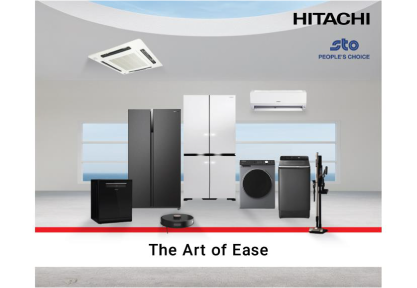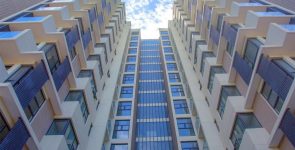
The Global Momentum for Smart Street Lighting
While we all know that street lighting is a necessity for our daily lives, especially in urban centers, to light up streets, minimize accidents and for safety and security, etc., it also adds up significantly to a city’s carbon emission, and claims a large chunk of the city’s electricity bill. Public lighting contributes to about 19% of global electricity usage, and known to account between 30 to 50 percent of a typical city’s electricity bill. For these reasons, several cities across the globe have been moving to more sustainable street lighting such as LED and other energy efficient public lighting systems. Due to its substantial impact on energy saving and low maintenance, the growing momentum for smart street lighting seems to be continuing, as this makes the cities future proof despite the rapid urbanization. It was proven that expedited implementation of smart street lighting has resulted in quick wins to many cities by cutting down considerable amounts in council electricity bills while keeping a lower carbon footprint.
Omniflow Smart Lamp Post – more than a regular street pole
Joining the momentum, Housing Development Corporation (HDC) has installed a smart lamp post at Hulhumale Central Park as a pilot project on 31st March 2022. Depending on the effectiveness of this project, HDC is planning a city-wide rollout to realize the full benefits of smart street lighting for Hulhumale. Being the first of its kind in the Maldives, this award winning IoT smart lamp post is an innovative product by Omniflow. The smart pole is powered by wind and solar with integrated battery storage. Designed for green energy, these smart poles have the ability to lower more than 90% on the electricity consumption compared with standard lighting, and absolutely matches with the urban aesthetics of the city.
Recorded Performance of Smart Lamp Post – Hulhumale’ Central Park
Looking at the first month’s performance from the above grid, the wind speed chart shows the level of wind speed recorded from the wind turbine, while Solar Power graph depicts the solar energy recorded from the solar PVs. The energy graph presents the combined energy produced from wind and solar. The generated energy was recorded at 4 kwh (kilowatt) per hour, while total energy saved sums up to 86 kwh. This reflects a saving of 97% energy consumption when compared to a normal 250W streetlight powered all night. Given a global average energy saving of 90% with Omniflow Smart Lamp Post, a saving of 97% means this product works very well in Hulhumale. Adding to the greener aspect, 52 kg of CO2 was also avoided, which was computed as for each kwh of energy consumed, there was only 600 grams of CO2 emissions. The combined wind and solar energy production are more effective and results in lesser CO2 emissions as less electricity is consumed from the grid.
In addition to being highly environmentally sustainable with great savings on electricity costs, HDC can integrate several services to the the smart lamp post, such as public Wi-Fi access, video surveillance, and digital advertising boards. And, this is definitely a product that will improve quality of lives for the people living and visiting Hulhumale’.













